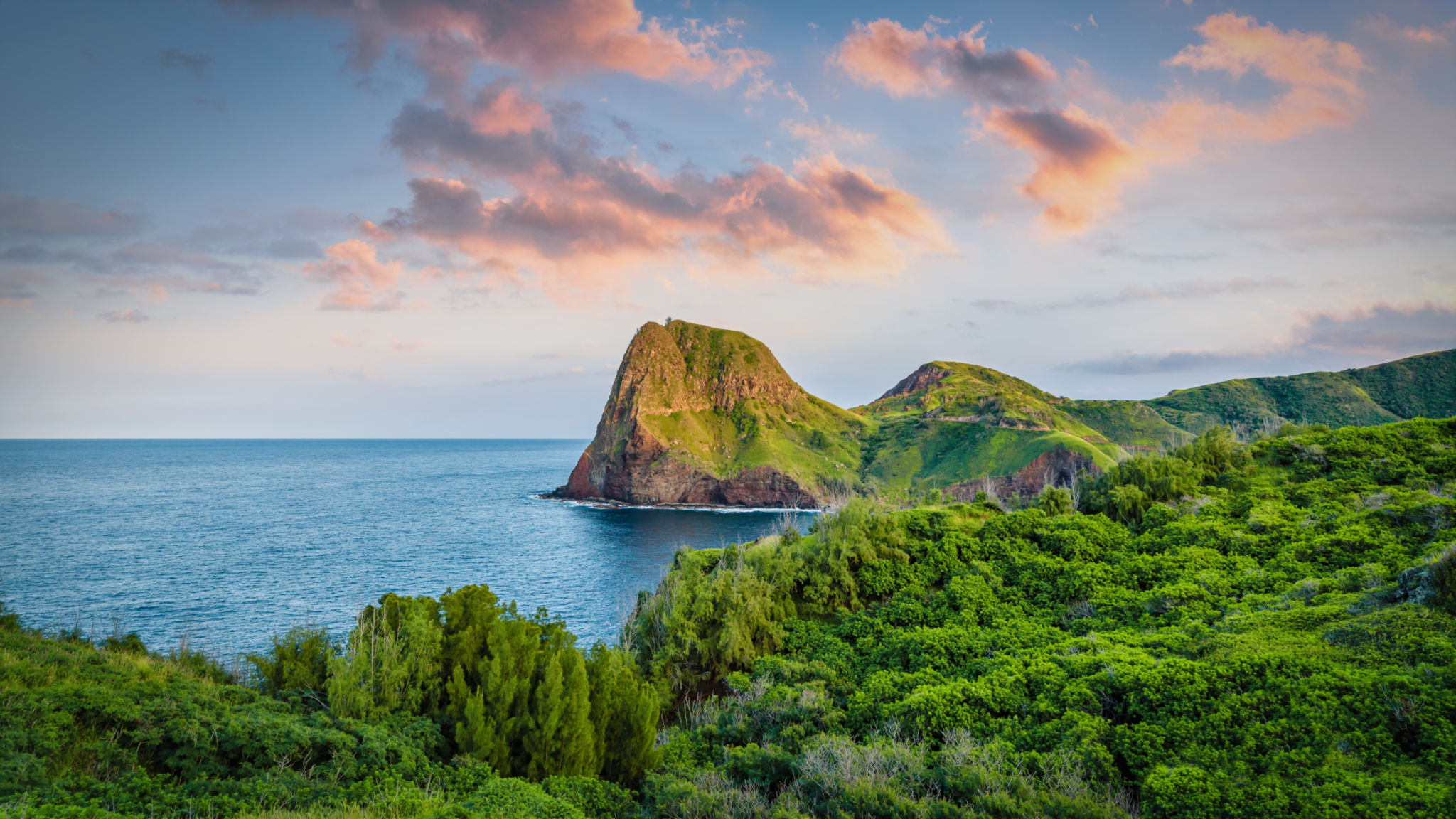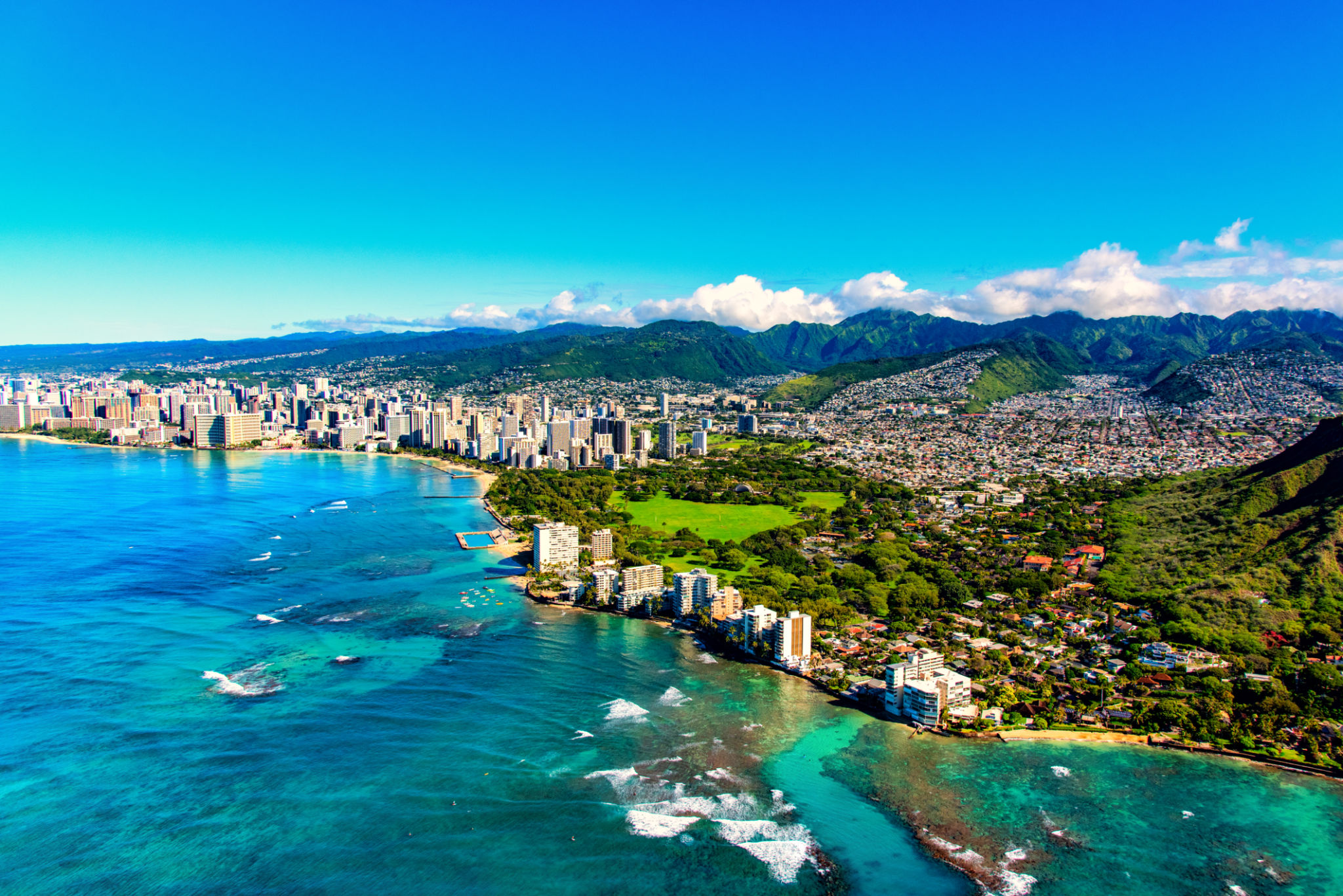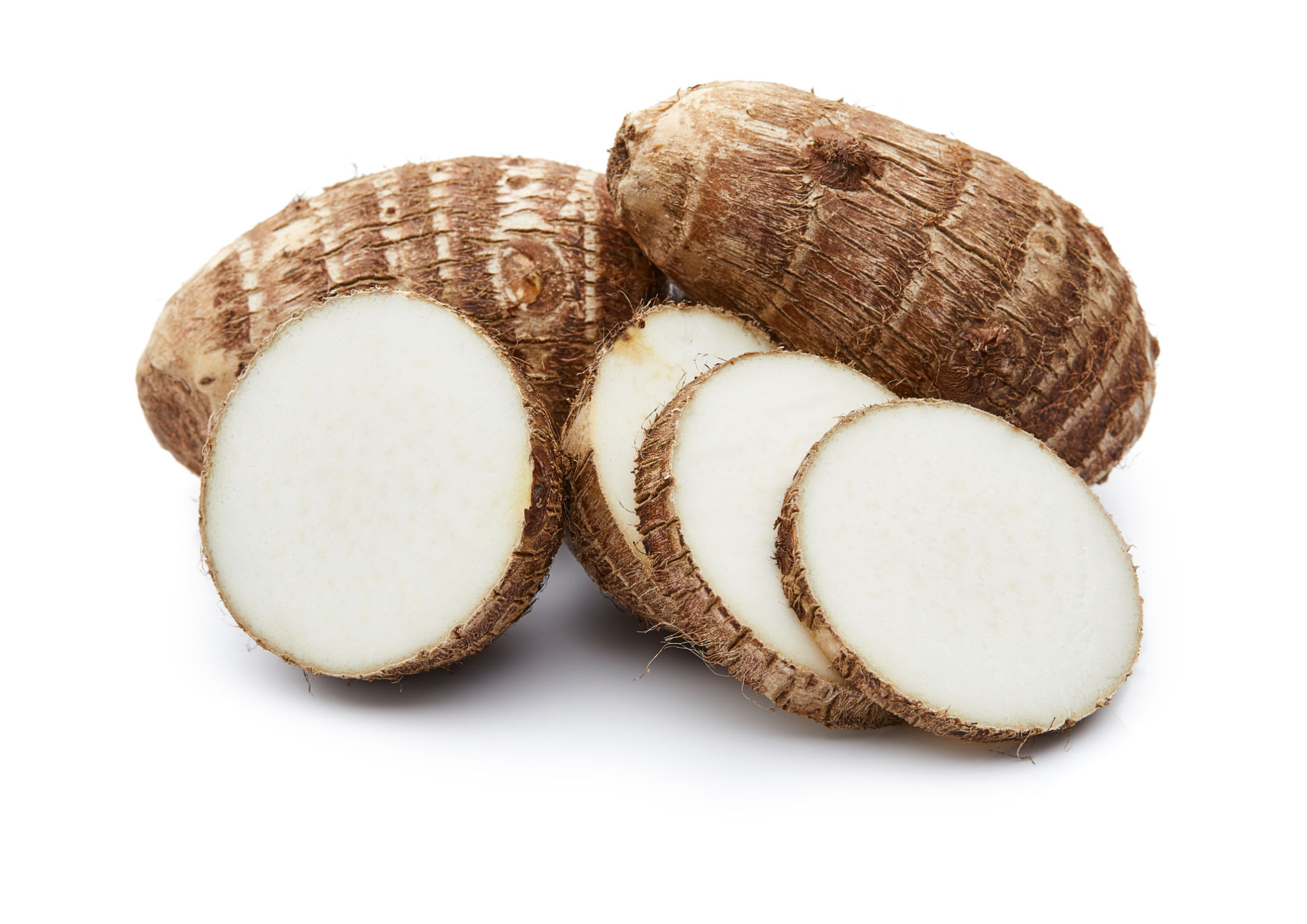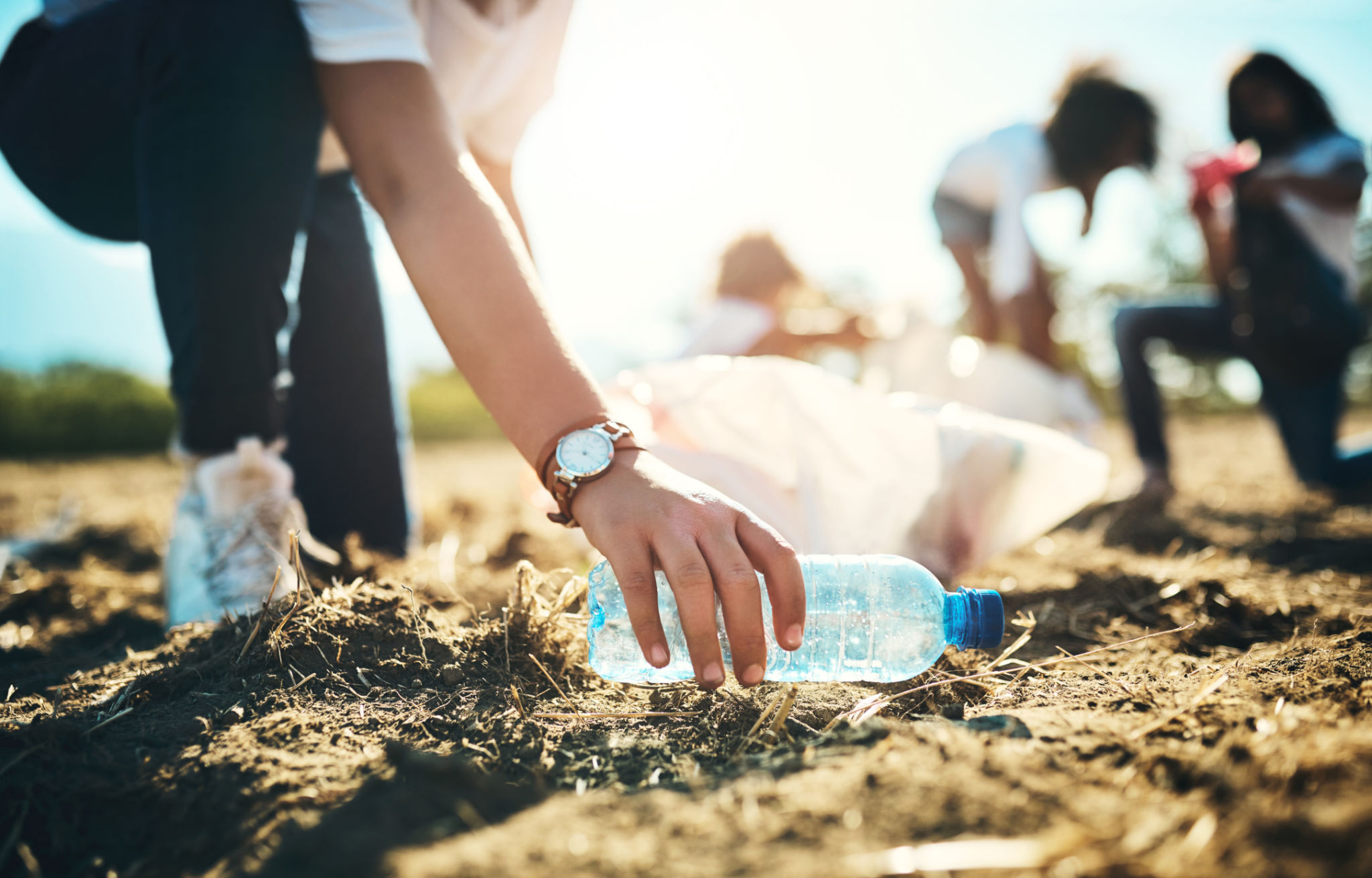Restoring the Connection Between People and Land in Hawaii
Understanding the Historical Bond
The rich cultural tapestry of Hawaii is woven with threads that reflect a deep connection between its people and the land. This bond, known as ‘āina, is not just about ownership or usage but encompasses a relationship of respect, care, and stewardship. Historically, the native Hawaiian people lived in harmony with the land, relying on its resources while ensuring its sustainability for future generations.
This historical relationship was rooted in a belief system that viewed the land as a living entity, deserving of reverence and nurturing. The traditional practices, such as taro farming and fishpond maintenance, were integral to community life and spiritual well-being. However, over time, external influences and modern development have strained this connection, leading to environmental and cultural challenges.

The Impact of Modernization
Modernization brought significant changes to Hawaii's landscape and lifestyle. The influx of tourism, urban development, and agricultural shifts has transformed many areas into bustling hubs that often overshadow the natural environment. This shift has not only impacted the ecological balance but also distanced many Hawaiians from their cultural roots.
The commercialization of land has led to a decline in traditional practices, with younger generations sometimes finding it difficult to relate to or even access their ancestral lands. The erosion of these practices contributes to a loss of cultural identity and a disconnect from the wisdom that sustained their ancestors for centuries.

Efforts to Reconnect
In recent years, there has been a growing movement to restore this vital connection between people and the land in Hawaii. Community organizations, cultural practitioners, and educational institutions are working collaboratively to revive traditional practices and promote sustainable living. These efforts aim to foster a renewed appreciation for Hawaii's natural resources and cultural heritage.
Programs focused on teaching traditional farming methods, such as lo‘i kalo (taro patches) cultivation and loko i‘a (fishpond) restoration, are gaining traction. These initiatives not only provide practical skills but also instill values of environmental stewardship and cultural pride among participants.

The Role of Education
Education plays a pivotal role in bridging the gap between modern lifestyles and traditional Hawaiian practices. Schools and universities are incorporating Hawaiian studies into their curricula, emphasizing the importance of land stewardship and cultural heritage. By educating young Hawaiians about their history and the significance of ‘āina, these programs cultivate a sense of responsibility and connection to the land.
Additionally, workshops and community events provide platforms for sharing knowledge between generations, ensuring that the wisdom of elders is passed on to future custodians of the land. This intergenerational exchange is crucial in maintaining the cultural continuity that is essential for a resilient community.
Community Involvement and Empowerment
Community involvement is central to restoring the connection between people and land. Grassroots initiatives often spearhead projects that encourage local participation in conservation efforts. By involving community members in hands-on activities, these projects empower individuals to take ownership of their environment and heritage.
Volunteer programs that focus on reforestation, native plant restoration, and coastline cleanups are examples of how communities are actively engaging in environmental preservation. These efforts not only enhance the natural beauty of Hawaii but also reinforce a collective commitment to sustainable living.

The Path Forward
As Hawaii continues to navigate the complexities of modernity while honoring its past, restoring the connection between people and land remains a critical endeavor. By embracing both traditional wisdom and contemporary solutions, Hawaii can create a sustainable future that reflects its unique cultural identity.
This journey requires collaboration across all sectors of society, from government policies that protect natural resources to individual actions that promote environmental consciousness. Together, these efforts can ensure that the bond between people and the land remains strong for generations to come.